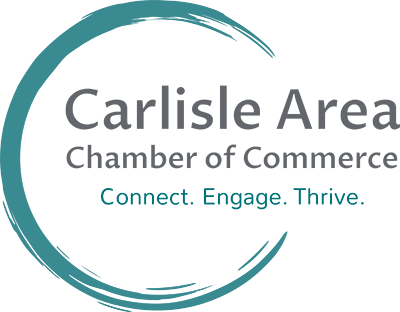Implementing change within an organization is often a stressful, time-consuming task, but with the right strategy and preparation, it is possible to make the process smooth and beneficial for everyone involved. The key is to start out with a solid plan so you'll have a guide throughout the process. The Carlisle Area Chamber of Commerce has put together a few strategies you can use to make your organizational changes a success.
Define Your Goals
Before any changes can be implemented, it's important to understand what you want to achieve and how best to get there. Setting clear goals allows for a plan of action that everyone involved can understand and follow. This will also help to keep the process organized, efficient, and on track.
Relieve Stress for Employees During This Time
Change can be stressful, so it is important to do what you can to minimize employee stress levels during this time. Allowing employees flexibility in their work schedule or providing additional benefits like mental health days are great ways to provide support during this time of transition. Additionally, communicating with employees often will help them feel more connected and less anxious about upcoming changes.
Practice Self-Care
Managing organizational change requires a lot of energy and focus, so don’t forget to take care of yourself. Be sure to get plenty of rest, exercise regularly, eat healthy meals, drink lots of water, and take breaks throughout the day as needed. Additionally, prioritize tasks that need your immediate attention over those tasks that don’t require urgent completion; this will help keep you from feeling overwhelmed.
Know What Problems To Expect
Change can bring about unexpected problems, so it is important to anticipate potential issues beforehand if possible. Consider talking with other people who have been through similar transitions at their organizations, or conduct a risk assessment prior to implementing any new policies or procedures. This will help identify potential problems before they arise, which will save time in the long run when dealing with any unforeseen issues that may arise during the transition period.
Provide Training Using PDF Materials
Ensuring that employees are properly trained on any new processes is key when implementing organizational changes successfully — no matter how small or large these changes might be. Providing PDF materials such as user manuals or step-by-step instructions is one way to ensure effective training while also reducing costs associated with traditional methods, like training seminars or group meetings where travel expenses would need to be taken into consideration. With PDF tools, you can even make edits to important documents before sharing them. Go here to learn more about how to delete a page from a PDF file.
Follow Up On The Effectiveness Of The Changes
Once organizational changes have been implemented, it’s important not to forget about them. Conducting surveys or tracking progress reports are great ways for business owners to monitor how well these changes are going in terms of effectiveness (or lack thereof). By doing this regularly throughout the transition period, you can better assess whether adjustments need to be made prior to implementation, which could save time (and money) down the line.
Making changes within an organization doesn't have to be intimidating, as long as proper planning and preparation take place beforehand. By defining your goals and staying organized, creating effective training materials using helpful PDF tools, and tracking the effectiveness of your changes, you can take your business down the right path for growth. You'll also have peace of mind that the process is as efficient as possible.
Have a question for the team at the Carlisle Area Chamber of Commerce? Take a look at all we have to offer small businesses in the area.

